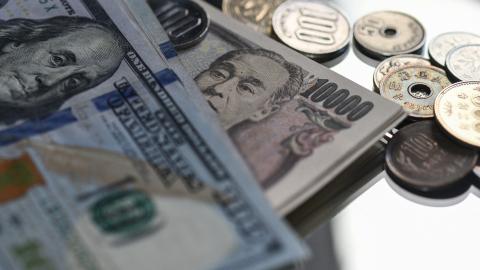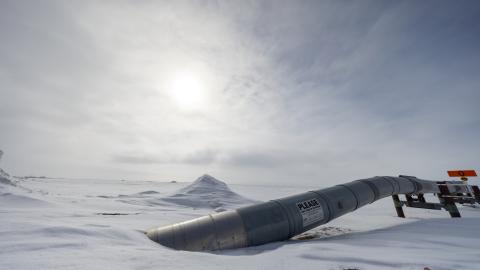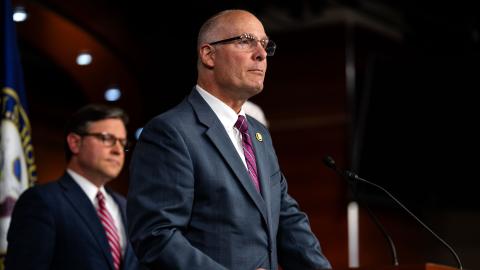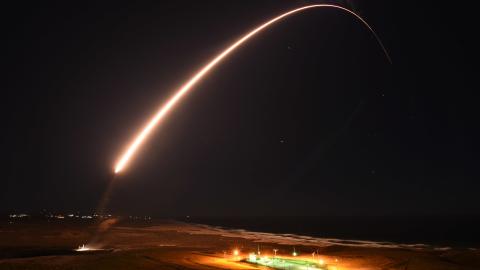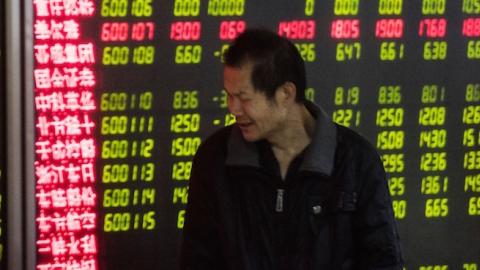The Chinese economy will continue to slow in 2016 and the Communist Party is clearly worried. It is not really obvious why. National output has doubled every seven years or so since 1980. The economy is about six times larger than it was 20 years ago and any expansion in a $10 trillion economy is nothing to scoff at. India is probably the only major economy that will grow faster in 2016, even if China falls a couple of percentage points short of the 6.5% target. Why so much angst inside the Zhongnanhai compound?
It is because the problem is not just macroeconomic but fiscal. In the past, swelling government coffers fueled by a complementary and extreme state-owned-dominated (SOE) growth model made decision making easy in a world of minimal opportunity costs. In this “new normal” world of more modest growth–and this assumes the more benign scenario of a soft landing–the threat of a fiscal crisis is becoming real.
The boom ends, revenue drops, expenditure doesn’t
Let’s begin with the revenue side of the public purse. From 1993-2013, growth in government revenues each year averaged 20%, while growth in total fiscal outlays (includes both central and local government) averaged about 19%. In 2014, and with the slowdown first taking hold, revenue growth only increased 8%. Last year will also reveal a figure of around 8%.
Moreover, the government knows that fiscal revenue will be disproportionately affected by even a moderate slowdown because of the country’s unusual tax base. Over one-third of the revenue comes from a domestic value-added tax or VAT (in which producers pay at every stage of production) and one-quarter comes from corporate taxes. In contrast, only 6.5% of revenue comes from income tax. The point is that fiscal income is overwhelmingly reliant on an industrial and property boom that is ending and lacks the stability of revenue that is derived from income taxes and households. Figures suggesting continual contraction in industrial activity among larger firms–primarily SOEs–is an ominous sign for this and further years ahead.
If revenue is a concern, the expenditure side of the budget is even more of a problem. Prior to the tax reforms in 1994, the central government received about 55% of total government revenues and was behind about half of all government expenditure. In the present day, the central government receives about 60% of revenues but only accounts for 15% of outlays. The shortfall in revenue for local governments–about $800 billion a year–is largely made up of proceeds from land and real estate sales.
With such proceeds likely to almost halve from peaks in 2013 as the property boom deflates, there is going to be a shortfall of up to $500 billion per year over the next few years based on current levels of spending. And even then, fiscal expenditure has been growing at about 25% each year since 2013 to buffer the general slowdown.
The need for social and public goods isn’t going to drop
At the same time, local government demand for more central revenue will be impossible to resist because it is at the local level where responsibility for providing almost all social and public goods for the country lie. Even then, China only spends half the level on such services compared to other low-middle income countries when measured as a proportion of GDP.
Bear in mind that these are significant amounts of money that must be found, given total government revenues in 2015 will be around $3 trillion. Throw in liabilities from existing but unfunded pension schemes in an aging society that may add up to $11 trillion over the next two decades and we have possibly unprecedented fiscal pressures already in existence for any recent major economy.
The heart of the problem
Moreover, official budget items are only one part of the story. The other is the reality that the central government must use whatever resources it can muster to maintain the stability of the state-dominated financial and banking system, and prevent the unregulated but interconnected shadow-banking system from doing too much damage to the economy.
At the heart of the problem is the indebtedness of the local-government-financing-vehicles. These LGFVs are currently desperately treading water and using up to one third of new borrowings just to prevent existing loans from going into default. That the situation is precarious was evidenced by Beijing forcing banks and other lending institutions to roll-over maturing debt by LGFVs worth $800 billion in 2014 for another three years to prevent mass default, and financial panic. It is estimated that LGFVs have borrowed up to $5 trillion, with the vast majority of it tied to an inflated property market.
If the bull is taken by the horns and the government decides to formally recognize what may be more than a trillion dollars’ worth of distressed and non-performing loans, hundreds of billions of dollars will be needed to rescue and recapitalize the balance sheets of state-owned lending institutions. But if they decide to kick the debt can down the road, then an increasingly large proportion of new capital and credit will be tied up paying off existing debt. If so, the stagnating Japan of the 1990s and the first decade of this century will offer a glimpse of China’s economic and fiscal future.
The Communist Party should be worried
There will no longer be a rising fiscal tide to lift all boats which is why Beijing is increasingly agitated about any evidence that even only a soft landing is inevitable. Under any scenario, China will have to choose between competing fiscal priorities: sustaining an inefficient fixed-investment growth model, offering more and better social and public goods, strengthening its military, or offering hundreds of billions in subsidies and other largesse to SOEs to help them meet national industrial and innovation policy targets to name four.
The Communist Party should be worried. The laws of economics, and principles governing fiscal finances, apply to China as it does any other country. Now we will see how ingenious the country’s authoritarian rulers really are.
